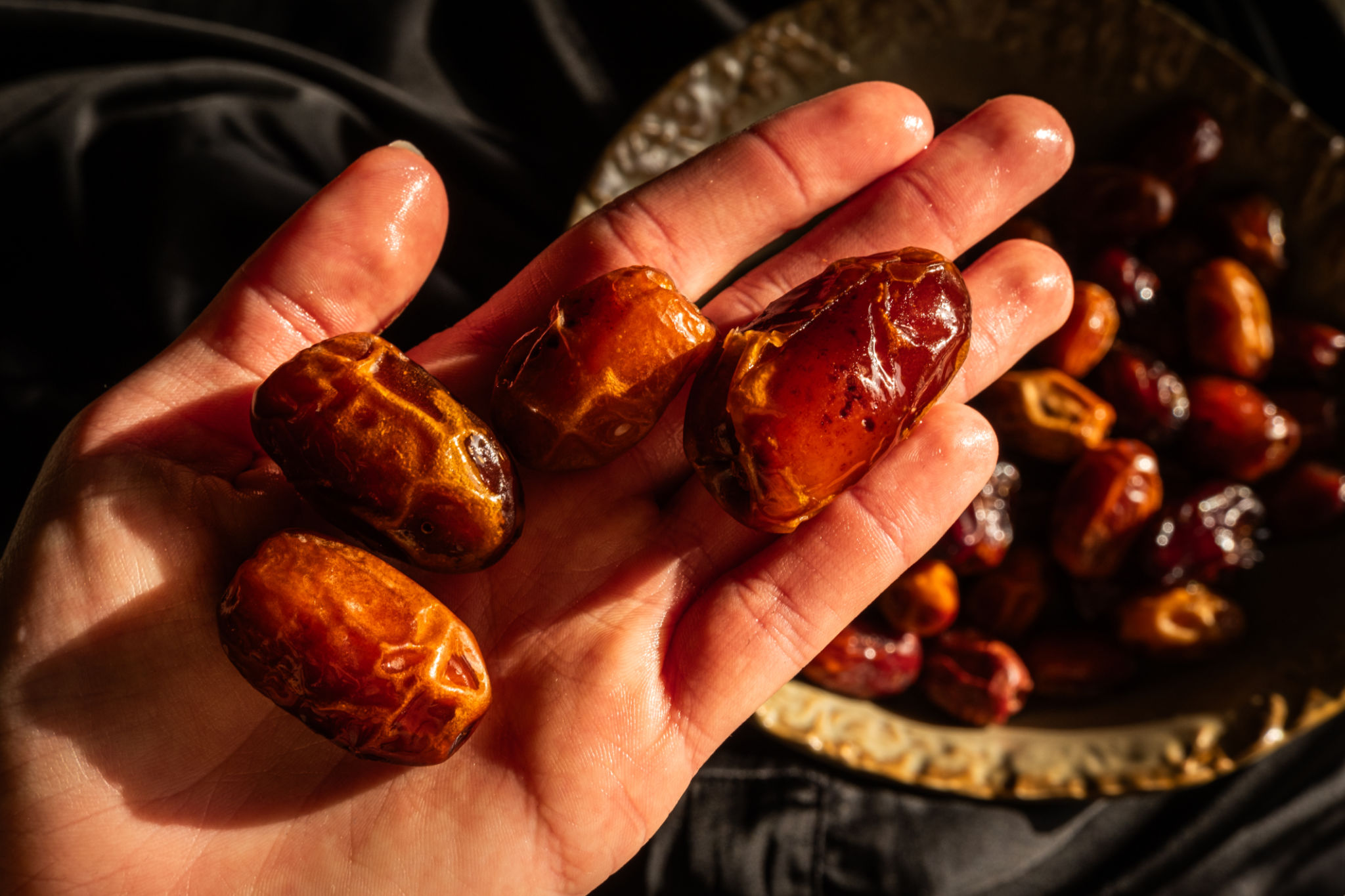Seasonal Travel Tips for Giza: When to Visit for the Best Experience
Understanding Giza's Climate
Giza, home to the iconic Pyramids and the Sphinx, is a destination rich in history and allure. However, its climate can significantly impact your travel experience. Giza has a desert climate, characterized by hot summers and mild winters, with minimal rainfall throughout the year. Understanding these seasonal variations is crucial to planning your visit.
The ideal time to visit Giza largely depends on your tolerance for heat and your interest in avoiding crowds. Typically, the best time to explore Giza is during the cooler months, from October to April. During this period, temperatures are more manageable, ranging from 15°C to 25°C (59°F to 77°F), making it perfect for sightseeing.

Visiting Giza in Winter
Winter, from December to February, is arguably the best season for a trip to Giza. The weather is pleasant, allowing visitors to comfortably explore outdoor attractions without the oppressive heat. This is also the peak tourist season, so expect larger crowds at popular sites like the Pyramids of Giza and the Egyptian Museum.
If you prefer a quieter experience, consider visiting early in the morning or later in the afternoon. This can help you avoid the busiest times and give you a more intimate experience of these ancient wonders.
Things to Keep in Mind
While winter offers favorable weather, it's essential to pack accordingly. Bring layers, as temperatures can drop in the evenings. Additionally, remember that peak season means higher accommodation prices, so booking in advance is advisable.

Spring and Autumn: The Shoulder Seasons
March to April and September to November are considered shoulder seasons in Giza. During these months, the weather is still quite pleasant, with daytime temperatures ranging between 20°C and 30°C (68°F to 86°F). These periods offer a balance between good weather and relatively fewer tourists compared to winter.
Visiting during the shoulder seasons can be an excellent strategy for those who want to enjoy pleasant weather without the hustle and bustle of peak tourist times. Hotels may offer more competitive rates, and you'll have more flexibility with your itinerary.
Special Events and Activities
Spring and autumn are also great times for experiencing local events and festivals. Keep an eye out for cultural happenings that might enrich your visit. Engaging with local traditions can offer deeper insight into Egypt's rich heritage.

Summer in Giza: A Hot Affair
From May to August, Giza experiences its hottest months, with temperatures often soaring above 35°C (95°F). While this period is considered off-peak due to the intense heat, it can be appealing for travelers seeking lower prices and fewer crowds.
If you decide to brave the summer heat, plan your sightseeing activities early in the morning or late in the afternoon when temperatures are slightly cooler. Hydration is key; always carry water and wear sun protection such as hats and sunscreen.
Benefits of Traveling in Summer
Despite the challenging climate, summer travel to Giza has its perks. You'll find shorter lines at major attractions and have a better chance of capturing unobstructed photos of landmarks. Moreover, many hotels offer significant discounts during this time.

Final Tips for a Memorable Visit
No matter when you decide to visit Giza, preparation is essential. Here are some final tips to ensure a memorable trip:
- Stay Hydrated: Always have a bottle of water on hand.
- Dress Appropriately: Light, breathable clothing is recommended.
- Plan Ahead: Book accommodations and tours in advance, especially during peak seasons.
- Respect Local Customs: Familiarize yourself with cultural norms to ensure a respectful visit.
By considering these seasonal travel tips, you can optimize your visit to Giza and fully immerse yourself in its historical grandeur.
